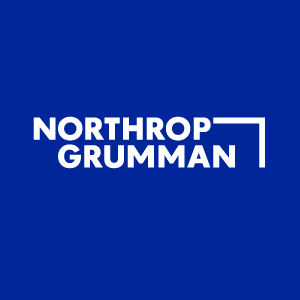SAN DIEGO – Jan. 10, 2020 – Northrop Grumman Corporation has been awarded a contract to develop and demonstrate a Software Programmable Open Mission Systems (OMS) Compliant (SPOC) radio terminal for the U.S. Air Force.
Northrop Grumman’s SPOC solution will provide the Air Force Life Cycle Management Center with an air-to-ground and air-to-air communications capability across four radio frequency waveforms: Link-16 CMN-4, Common Data Link (CDL), Multifunction Advanced Data Link (MADL) and Multi User Objective System (MUOS).

This development defines the Air Force’s next generation radio approach.
“Our solution for SPOC provides a mature hardware and software development kit that allows the Air Force to rapidly develop and prototype innovative communications solutions from any provider on an open architecture networking terminal that can be quickly taken into flight test and production,” said Roshan Roeder, vice president, communications, airborne sensors and networks division, Northrop Grumman.
“With the Air Force taking responsibility for developing the airborne communications network infrastructure for the Advanced Battle Management System, SPOC radio will allow the Air Force to rapidly develop, test, fly and iterate.”
Northrop Grumman’s SPOC open architecture networking terminal offers numerous benefits to the Air Force customer, including opening the F-35 communications, navigation and identification (CNI) system to third-party developers, ownership of Link 16 development, sharing of intelligence, surveillance and reconnaissance information over a common data link, and Mobile User Objective System beyond line of sight capability.
Theresa Hitchens of Breaking Defense provided her description of the Northrop Grumman approach to innovation in the radio domain in terms of their new Software Programmable Open Mission Systems (OMS) Compliant (known as SPOC) radio terminal.
She noted: “Northrop Grumman has won a $14.5 million chance to prove to the Air Force that its design for a new radio would allow operators to use multiple US and allied data links and help the service realize its plans for the Advanced Battle Management System (ABMS).
“Importantly, the new Software Programmable Open Mission Systems (OMS) Compliant (known as SPOC) radio terminal will allow the Air Force to rapidly develop and prototype upgrades or change or to third-party contractors to do so. In other words, the software code is not proprietary to Northrop Grumman….
“As Breaking Defense readers know, the Air Force — and DoD writ large — continues to struggle to allow myriad communications terminals designed for one platform to talk to other weapon systems….The Northrop Grumman radio will provide one-stop access to four types of radio frequency communications widely used by all services and some allies for air-to-air and air-to-ground communications:
“Link-16 CMN-4, an upgrade to the ubiquitous communications link used by military aircraft, ships, and ground forces to exchange tactical information in near-real time, developed by Naval Information Warfare Systems Command;
“Common Data Link (CDL), one of the oldest (dating from the 1990s) secure military communications protocols that serves as a primary link for sharing imagery and signals intelligence;
“Multifunction Advanced Data Link (MADL), which Breaking Defense readers know is the hard-to-detect waveform used by the stealthy F-35 Joint Strike Fighter, which can unfortunately only talk to other F-35s; and,
“Multi User Objective System (MUOS), the narrowband, ultra-high frequency satellite communications network developed by the Navy, but used by all the services for mobile communications.
“The “open architecture networking terminal offers numerous benefits” to the Air Force, according to Northrop Grumman, “including opening the F-35 communications, navigation and identification (CNI) system to third-party developers; ownership of Link 16 development; sharing of intelligence, surveillance and reconnaissance information over a common data link; and Mobile User Objective System beyond line of sight capability.”


